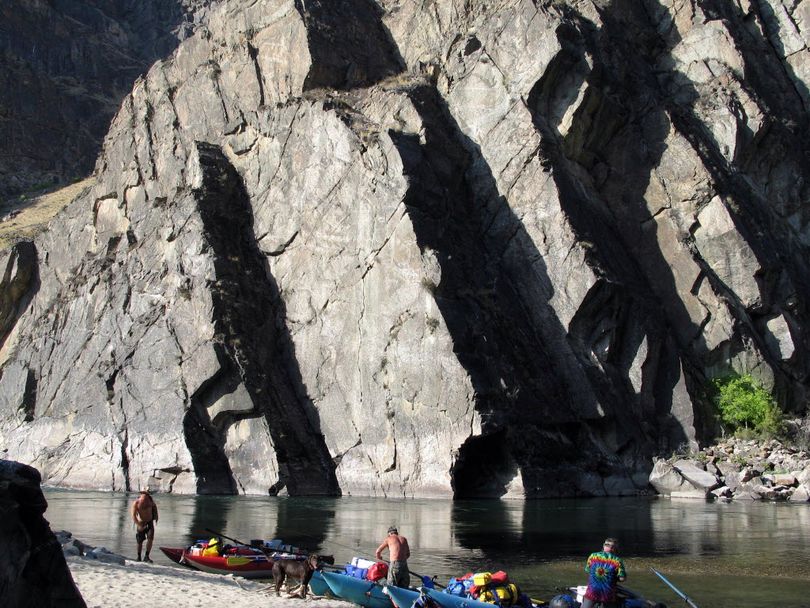Middle Fork Salmon River rafters sickened at campsites

RIVERS — It's hard to believe that a wilderness whitewater raft trip on the Middle Fork of the Salmon River could be a sickening experience, but that's what's happening to dozens of rafters and even a Forest Service crew.
Idaho health officials are trying to determine what is causing the gastrointestinal illness that has affected commercial and private rafters on the Middle Fork of the Salmon River, as well as fire personnel, according to a story just moved by the Associated Press.
Mike Taylor, an epidemiologist with the Eastern Idaho Public Health District, tells the Idaho Statesman that river guides have fallen ill and a Forest Service weed control crew had to be flown out after getting sick.
Taylor suspects it may be norovirus, a highly-contagious viral illness that causes nausea, vomiting and diarrhea and lasts for about two days.
About 50 people have reported getting ill while rafting or working on the river in the past month.
However, three people who were tested came back with three different illnesses — one had norovirus, one had E. coli and one had giardia.
So far, Taylor said, the only thing the victims have in common is being on the Middle Fork; they came from different rafting parties, and floated at different times.
“Even river guides have reported getting ill. A Forest Service weed control crew had to be flown out” after becoming ill, Taylor said.
The Middle Fork is isolated in rugged country, but it’s highly popular among rafters, with about 9,500 floating the same 104-mile stretch last summer. According to the U.S. Forest Service, the average commercial raft group has about 23 people, while the average private group has 11 people. In all, about 800 people a week share the same campsites, water stations and toilets along the site, giving germs a prime opportunity to spread.
Amy Baumer with the Salmon-Challis National Forest said the federal agency cleans Middle Fork facilities daily and tests drinking water every month. So far, she said, all water tests have been clean.
Taylor said the district is working with the Forest Service to inform rafters about the outbreak and teach them how to reduce the risk of getting sick on a trip.
He says rafters should wash their hands frequently and avoid drinking any untreated water. Filtering river or creek water won’t remove the virus; it must also be treated with a chemical disinfectant.
If norovirus is responsible for the outbreak, it could remain a problem all summer, he said.
“Norovirus is fairly stable in water and sunshine. Over the wintertime, it will be killed and we should start fresh next year,” Taylor said.
